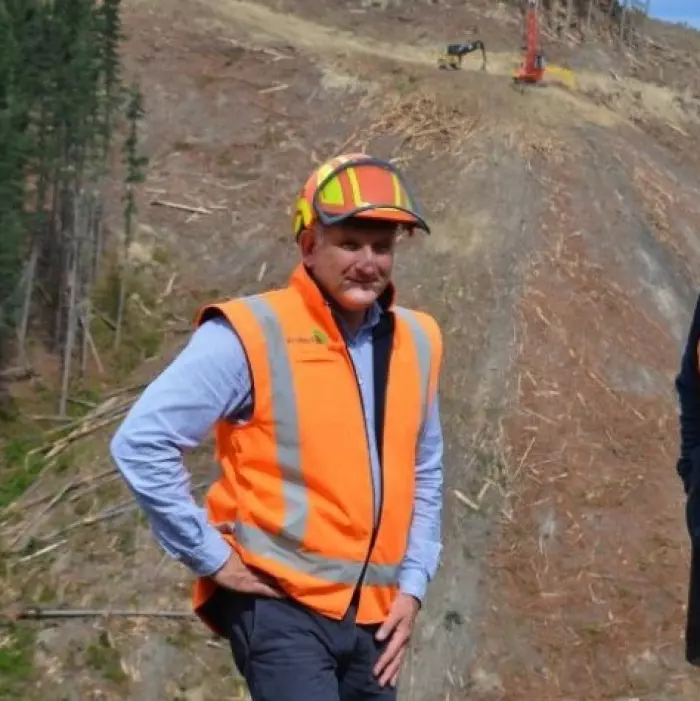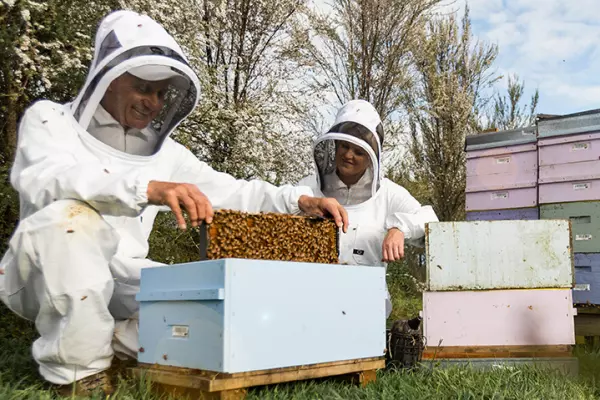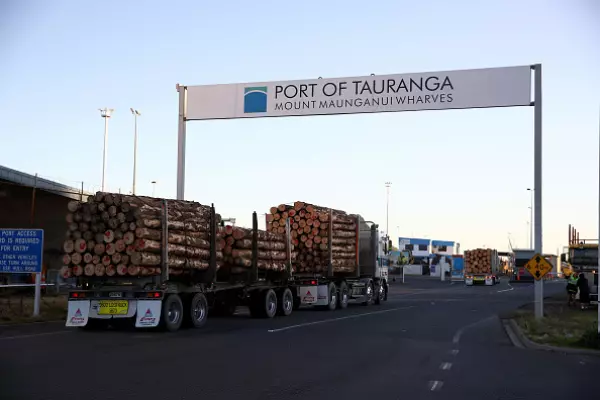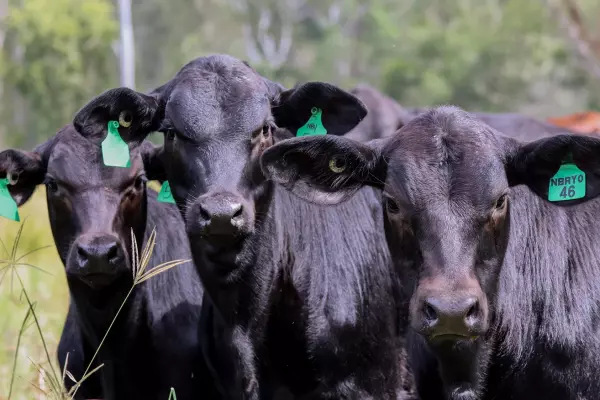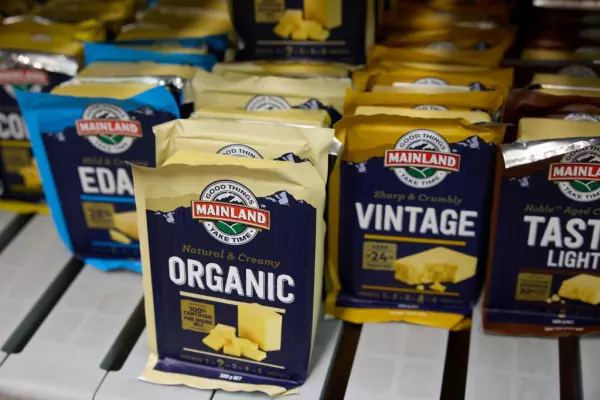Rules around managing commercial plantations and carbon forests can’t be a ‘one size fits all’ approach, forestry owners say.
At issue for the sector, New Zealand’s third-largest primary export earner after sheep and beef, are plans to adopt the same environmental standard blueprint for carbon forests as applies to the 1.7 million-hectare plantation estate.
City Forests chief executive and president of the Forest Owners Association (FAA) Grant Dodson said because growing trees for carbon didn’t currently have its own environmental standard, the government was looking for a “quick fix” and lumping it in with the commercial forestry standard.
Dodson said the sector’s view was that there needed to be an independent standard given the “major differences” between the commercial and carbon agendas.
'Redesign the settings'
The National Environmental Standards for Plantation Forestry (NES-PF) came into effect in May 2018 under then-forestry minister Shane Jones. Prior to that, forestry environments were managed inconsistently by councils, under their regional and district plans.
Last month, the Ministry for the Environment opened a consultation to help “redesign the settings” of the NES-PF. That included widening the scope of the regulations to include permanent exotic afforestation (carbon forests).
The commercial sector, meanwhile, continued to come under fire from farming groups in the belief that mainly foreign-owned interests are snapping up viable farmland for fast-growing radiata pine planting.
Beef + Lamb NZ cited research showing that almost one in five farms, or about 137 farms of 50,000ha sold from 2020 to mid-2022, could move from pastoral to forestry use in Otago, Hawke’s Bay and the Wairarapa.
Federated Farmers had taken it one step further, claiming proposed emissions pricing for farmers could even accelerate the rate of conversion of farmland to exotic forestry ahead of the Climate Change Commission’s ‘sustainable’ 25,000ha a year of planting.
The commission had recommended that an additional 380,000ha needs to go into exotics by 2035 to hit NZ’s emission targets.
The Productivity Commission had previously estimated NZ needed closer to 75,000ha per year of exotic afforestation right through to 2050.
"We are nowhere near that rate," Dodson said.
Forestry groups have said the numbers are inconsequential, given that forestry land still only takes up less than a quarter of the eight million hectares of sheep and beef farms.
Dairy farms aren’t as well suited to forestry conversion, so while Fonterra reported a contraction rate in its supplier farms of about 1% per year, most of that is into higher-yielding horticulture such as avocado and kiwifruit or solar farming.
Real Estate Institute data showed the sales price for a dairy farm tracked at a median of $40,510 per hectare for the past quarter, with 15 farms sold at a median size of 91ha. The 66 grazing farms that sold went for a median of $13,300/ha. The median size of those farms was 149ha.
And for the sake of comparison, the median sales price for the 17 horticulture farms that changed hands during the quarter was $362,640/ha – up a quarter year-on-year.
Free market economy
As for the expansion of forestry assets, there was 52,000ha of new plantings last year, which included about 2,300ha of mānuka.
NZ Farm Forestry Association president Graham West said that equated to less than 0.5% of the pastoral farming area, which was far from the farmer stance that forests were “ripping the guts out of rural communities”.
West said it’s probably less than what a free-market economy would expect in any case.
Dodson said the issue went well beyond the ‘normal’ cycle of land-use change between sheep and beef and commercial forest.
He said while forestry is NZ’s third-biggest export, with wood also grown for the “future of NZ”, permanent carbon forestry is a short-term effort to help meet climate targets.
“Why would we want to do large areas of permanent forestry, or even have forestry outside of native forest estates, after we meet climate change targets? It’s a means to an end, so we need to be careful as a country about how we manage that.”
And while that might be okay for now, as we have a short-term need, the question needed to be asked about what happened down the road when you need that productive land back.
Good returns
Dodson said it could be different, for example, with iwi land on the East Coast. There are probably some opportunities to plant exotic permanent forest crops on land like that because it isn’t otherwise productive for other uses.
“That can soak up carbon now and then transition to native during the course of the next 100 years, which is probably a good idea.
“But if you take a productive sheep and beef operation in South Otago and you turn it into a permanent carbon forest, you’re locking that chunk of NZ away from being a future contributor to our economy.”
He said commercial forestry is still producing good returns with the help of carbon credits under the Emissions Trading Scheme (ETS), which is “what the ETS is all about, as an incentive for change”.
But, he said, there still needed to be an awareness of potentially “overshooting” climate targets.
Forests that qualify under the ETS get NZ units (NZU) in recognition of the carbon dioxide they absorb.
And while the government had initially considered banning new permanent pine forests from the ETS, to better control NZU pricing, it backed away from that after a backlash by those forestry owners, in particular iwi owners.
Dodson said there's also a significant level of misinformation out there as to just how much NZ wood is being exported and at what cost to the local building economy.
He said even if the average new home used about five cubic metres of structural timber – and we're building 50,000 homes a year based on current consents – that's 250,000 cubic metres of timber.
NZ's harvest last year from commercial forests was 35 million cubic metres, so there's "no shortage of logs" to meet our needs.
The wood that goes to China is mostly used for boxing, commercial construction and in the furniture industry – some of which gets "sold back to us".
But prices are down
NZ log export prices into the important Asian market, meanwhile, remained on a downward trajectory.
The Ministry for Primary Industries (MPI) reported overall forestry export revenues declined 4% for the June year to $6.2 billion, on the back of the protracted disruption of China's zero-covid policy.
China accounted for about 55% of all wood fibre exports for the year to June 2022, according to MPI.
Last week’s data, from the National Bureau of Statistics of China, showed new home prices falling at their fastest level in more than seven years last month.
New home prices have slumped 1.6% year-on-year after a 1.5% fall in September – its sixth straight month of contraction. New home sales also dropped almost a quarter year-on-year.
Strategic expansion
In a recent note to clients, forestry service provider PF Olsen reported a “wide range” of cost and freight sale prices into China, depending upon vessel timing, but noted that prices for A-grade logs were down US$10 (NZ$16.30) at between US$128 to US$134 per Japanese Agricultural Standard (JAS) cubic metre – the global industry standard.
PF Olsen director of sales and marketing Scott Downs said that's seen the biggest drop in new Asia orders since April, noting that the only thing maintaining the supply-demand balance was a reduced current global log supply.
City Forests' Dodson said harvesting hadn’t been helped either by cool winter weather on the South Island, which saw most companies in the lower South Island book an extra week off during July.
Weaker log exports into both China and Korea saw its half-year earnings to December 2021 fall to under $4m, from $4.9m for the comparable period last year.
It was helped by the sale of 50,000 carbon credits during the first half, netting $3.1m. In March, it offloaded a further 50,000 credits – after recording a revaluation gain of $18.4m on credits held.
The forestry company, an asset of Dunedin City Holdings since 1990, is also continuing with strategic expansion. The last big farm it purchased was the 757-ha Tenby Estate on Falla Burn Rd, near Milton, pushing its overall estate to more than 24,500ha.
Dodson said it's tracking at replanting about one million radiata pine trees per year – about 500ha to 600ha of cutover and another 500ha of new trees.
The company accounted for about a quarter of the one million JAS that was exported out of Port Otago for the year to June 2022.
The other main log exporters are Wenita Forest Products, Port Blakely and Ernslaw One. The four companies, alongside US-owned Rayonier Matariki, manage the lion’s share of forests south of the Waitaki River – about 220,000ha.


